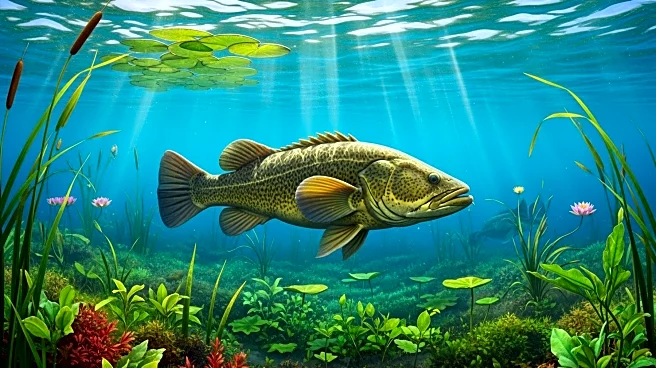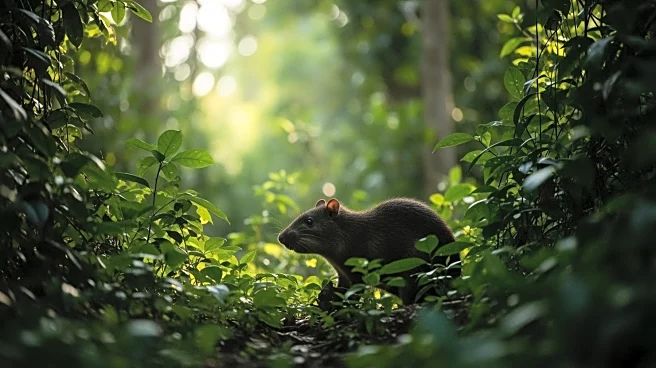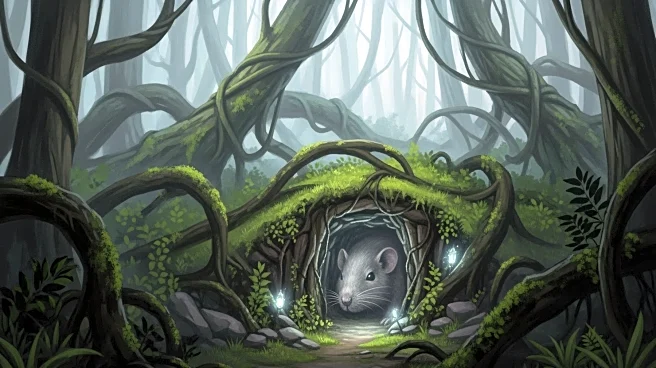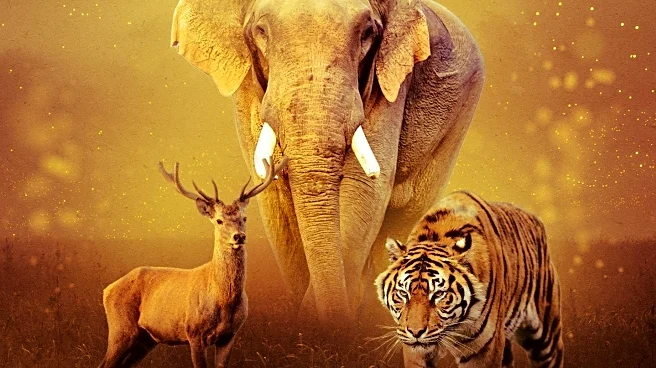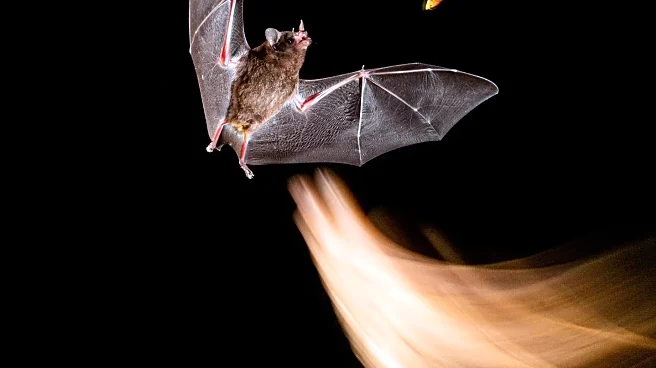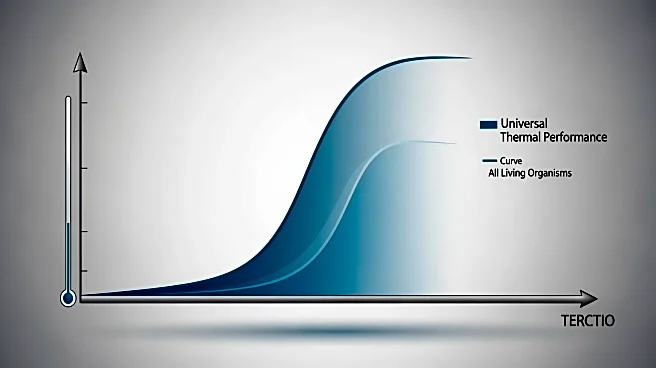What's Happening?
A comprehensive study has been conducted to estimate the trends in global mammal biomass over the past 170 years. The research utilized separate analyses for marine and terrestrial mammals due to differing
life cycles and human-induced pressures. For marine mammals, a model of population dynamics was applied, relying on catch data and direct population estimates. For wild land mammals, temporal dynamics estimates were collected from literature, focusing on species that comprise a large fraction of wild land mammal biomass. The study also included human population estimates from historical databases and livestock data from various sources. The analysis aimed to fill gaps in existing data to provide a clearer picture of mammal biomass trends since 1850.
Why It's Important?
Understanding the historical trends in mammal biomass is crucial for assessing the impact of human activities on wildlife populations. This study provides valuable insights into how exploitation and environmental changes have affected mammal populations over time. The findings can inform conservation efforts and policy decisions aimed at preserving biodiversity. By highlighting the changes in biomass, the study underscores the need for sustainable practices to mitigate further declines in mammal populations, which are vital for ecosystem balance and health.
What's Next?
The study's findings may prompt further research into specific factors affecting mammal biomass, such as climate change and habitat destruction. Conservationists and policymakers could use this data to develop strategies for protecting vulnerable species and restoring ecosystems. Additionally, the study may lead to increased collaboration between international organizations to address global wildlife conservation challenges. Future research could expand on this work by incorporating more recent data and exploring the impacts of emerging threats to mammal populations.
Beyond the Headlines
The study raises ethical considerations regarding human responsibility for wildlife conservation. It highlights the long-term consequences of industrial hunting and habitat alteration, prompting discussions on the moral obligations to protect and restore natural environments. The research also suggests potential shifts in cultural attitudes towards wildlife conservation, emphasizing the importance of integrating scientific findings into public awareness and education.


